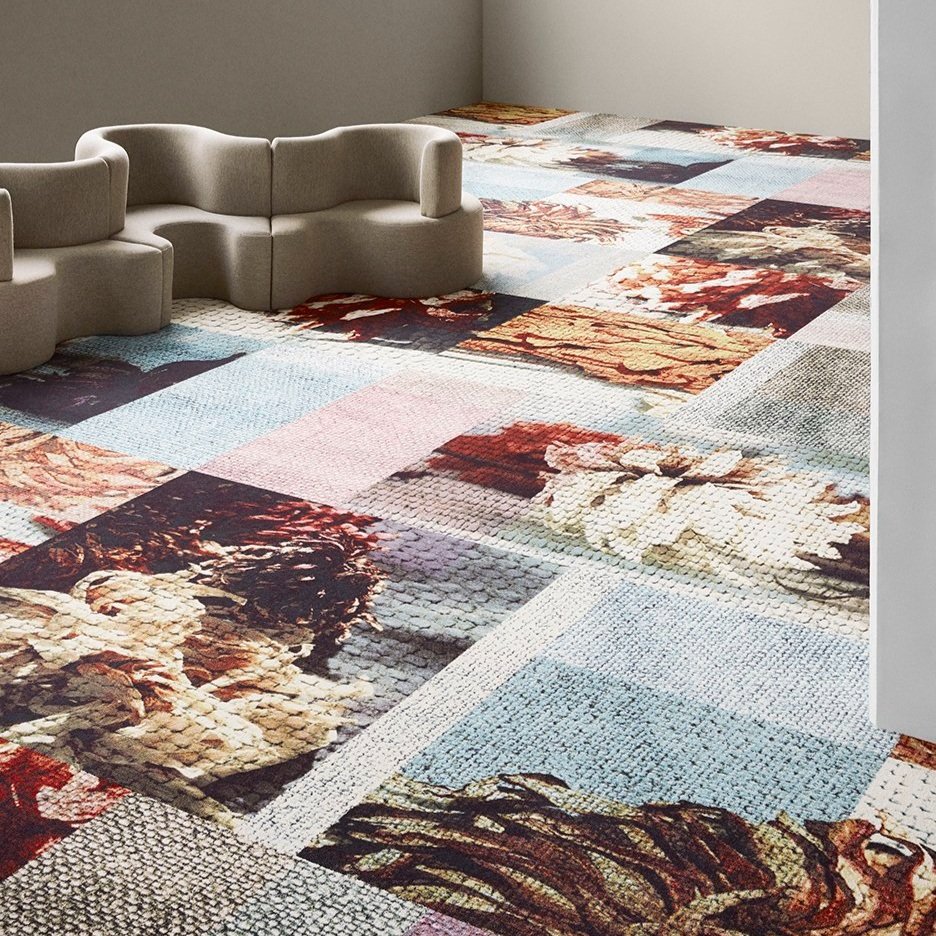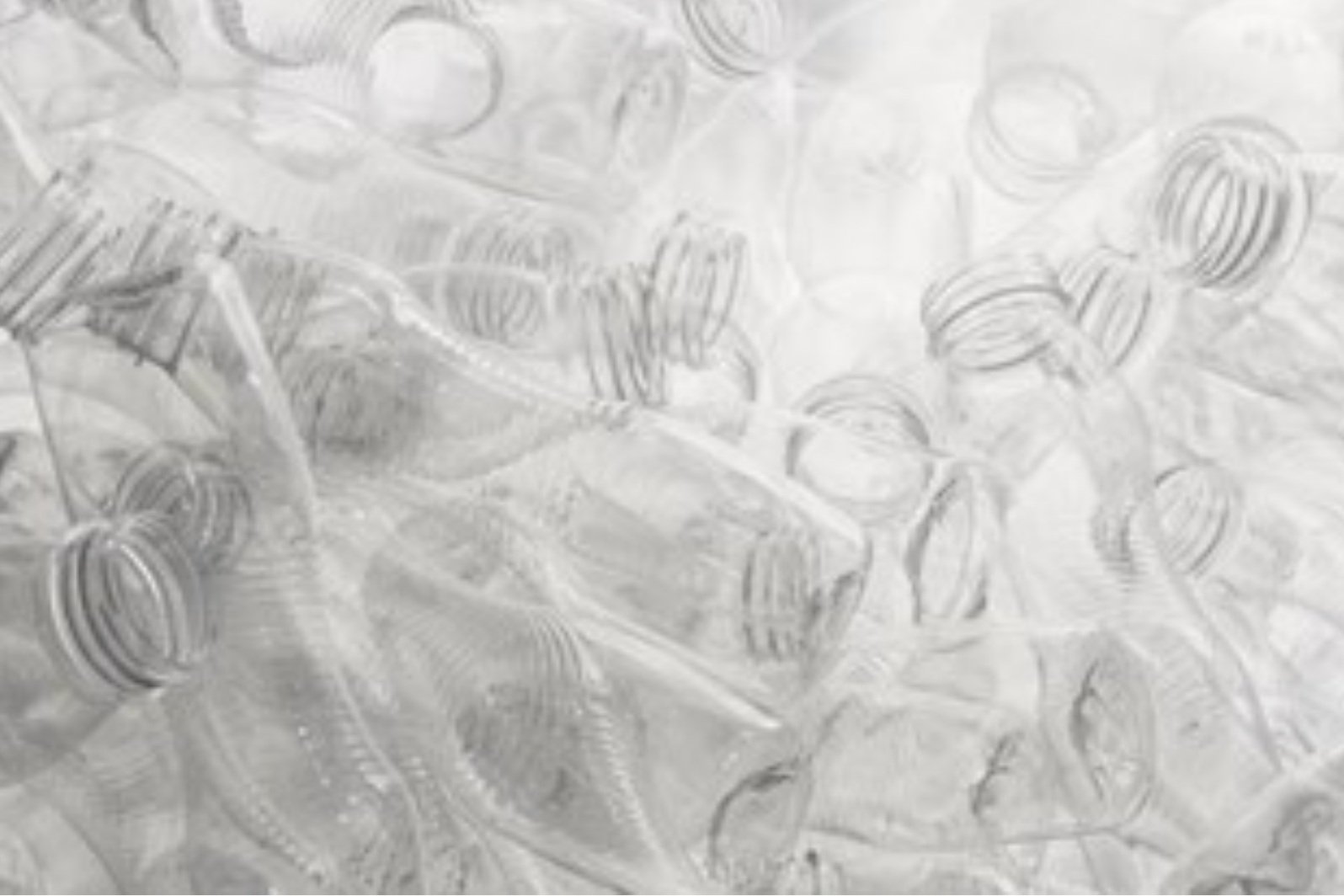Ege
Durable, intricate, and 100% Cradle to Cradle Certified carpet made of recycled and regenerated content for every interior.
About
Founder: Mads Eg Damgaard, 1938
Headquarters: Herning, Denmark
Manufacturing + Production: All over Denmark
Spinning Wool: Lithuania
Ege is the biggest carpet manufacturer in Europe, and the owner of a 12-color Millitron dyeing machine–one of only two machines that exist worldwide. It's been in continuous production for over 50 years.
Materials
Econyl Yarn made from recycled nylon products that:
have reached the end of their product life (example: used carpeting)
have been left in the wild or industrial areas (example: discarded fishing nets left behind in the oceans)
are residual products from the manufacturing of other products (example: textile waste products from clothing manufacturing)
Ecotrust 350: original felt backing material made from 100% recycled textile materials without PVC and bitumen
Made from plastic bottles that are first converted into plastic flakes, and then into the soft fibers that are part of the PET-felt backing manufacturing process
Utilize recycled glue that will facilitate separation after use
Properties:
Regenerable: after use, the felt can be broken down to its original chemical formula and become part of new PET products, i.e., vehicle interiors and noise-reducing materials
Sound absorption (acoustic)
Suitable for high traffic areas
Available in an IMO certified version
100% recycled glue from broken car windows
In a large share of Ege carpet tiles, they’ve changed the adhesive to a 100% recycled glue made from used or broken car windows. The glue is called PVB and is a greener alternative that brings down CO2 emissions as it increases the percentage of recycled raw materials and makes it easier to recycle the used carpet at end-of-life
Quick Stats:
100% of carpets for the contract market are Cradle to Cradle Certified at the Bronze level
62% of carpets are produced with yarn of regenerate or 80% renewal material
33% of raw materials are recycled or renewable
Manufacturing + Production: How’s it Made?
Tufting/Weaving: The yarn is either tufted into a primary backing (e.g. ReForm and Highline carpets), or woven together with weft/warp yarns (e.g. Eco carpets)
Dye plant: The face fiber or top layer from the tufting/weaving processes are dyed using either a Millitron or a continuous dyeing process. NB: some carpets (Una and Colortec/Graphic) are made using pre-dyed (solution or hank dyed) yarns. These carpets skip this step.
Back coating: The mid-layer of the carpet is added in two steps. First the pre-coat is added to fix the yarns to the primary backing or weft/warp yarns. Then the secondary backing (e.g. woven textile or Ecotrust) is fixed to the carpet using another coat. The coats are applied wet and subsequently dried. After this step, the broadloom carpets are done!
Tile system: Carpet tiles go through an extra step where a thin third coat of adhesive is added to the felt secondary backing and dried before they are cut into tiles.
Carbon Footprint
Ege aims to be as transparent as possible about their carbon footprint and goals in the upcoming years. Learn more about Ege’s carbon emissions data at their most recent Sustainability Report 2021.
Carbon Emissions Overview – pg. 7
Statistics Statistics Statistics – pg. 13
Greenhouse Gas Accounts – pg. 38
Production Waste
Recycled yarn residues: One yarn cone weighs between three and five kilograms. As the length of yarn varies from cone to cone, after tufting each cone always has leftover yarn. Their new production line removes leftover yarn and returns it to the supplier. 153 tons of yarn residue was recycled in 2021/22.
Recycled cardboard cones: The cardboard cones that hold the yarn are made from recycled cardboard. After use in their tufting facilities, 47 tons of cardboard cones are recycled annually.
Disposable pallets become new pallets: Ege has started to work with companies that buy and sell the pallets, since they can still be used. They have been able to reuse 5,500 disposable pallets every year while the rest are chipped or used as biofuel.
Clean and reuse water: Most of Ege carpets are made with non-colored yarn. The designs appear when the tufted carpets run through an enormous dye facility that injects color into the yarn. When changing colors, the facility must be cleansed of any color residue, which requires a lot of water. Ege has developed their own way to clean and reuse the water so that 13,536 m3 of water was reused in 2021/22.
Recirculate dyes: Color is injected into yarn by 40,000 spray nozzles. Behind the nozzles, there’s a complex web of tubes where the colors are constantly recirculated to prevent the nozzles from clogging and ensuring that 86% of the color dye is reused.
Surplus heat for local houses: Ege has conducted a major heat recovery project whereby the surplus heat from some of their production facilities is channelled into the district heating system for houses in the local area or used as space heating in their own buildings. They cover the annual heat consumption of 341 families.
Warranty, Repairability, End of Life
10-15 year wear warranty
Many of Ege’s collections are available with regenerated and regenerable yarn. This means they're both manufactured from waste and can be converted into yarn after they reach the end of their product life. This way Ege can keep the yarn in a closed-loop system, where it can be used again and again.
Ege CircleBack
Ege Carpets have launched a take-back system in a step towards solving the carpet waste issue. The system ensures used carpets go to our recycling partners who separate and recycle up to 95% of the carpet components. Learn more about Ege CircleBack here.
Packaging
Raw materials: Delivered on pallets wrapped in plastic foil. All the plastic foil is collected and sold to a Danish packaging manufacturer and recycled into new plastic packaging.
Broadloom carpet: Delivered rolled up on a plastic tube that is recyclable, and wrapped in an aluminum-based foil that is not recyclable (due to the requirements for odor-less and lightproof to make sure that the carpets are not damaged during transport)
Carpet tiles: Delivered in carboard boxes with approximately 80% recycled content on wooden pallets
Millitron machine at Ege production factory, image taken from Materials Council Ege Carpets Production Tour







